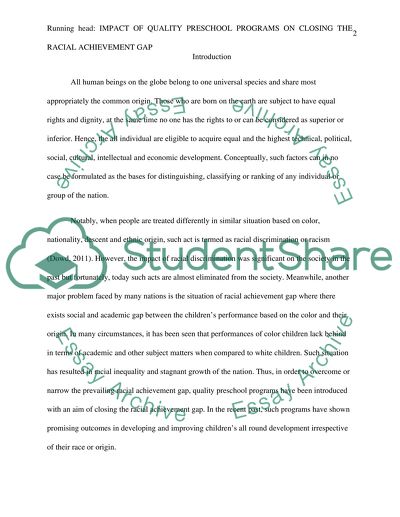Cite this document
(“Impact of Quality Preschool Programs on Closing the Racial Achievement Research Paper”, n.d.)
Impact of Quality Preschool Programs on Closing the Racial Achievement Research Paper. Retrieved from https://studentshare.org/education/1401081-impact-of-quality-preschool-programs-on-closing
Impact of Quality Preschool Programs on Closing the Racial Achievement Research Paper. Retrieved from https://studentshare.org/education/1401081-impact-of-quality-preschool-programs-on-closing
(Impact of Quality Preschool Programs on Closing the Racial Achievement Research Paper)
Impact of Quality Preschool Programs on Closing the Racial Achievement Research Paper. https://studentshare.org/education/1401081-impact-of-quality-preschool-programs-on-closing.
Impact of Quality Preschool Programs on Closing the Racial Achievement Research Paper. https://studentshare.org/education/1401081-impact-of-quality-preschool-programs-on-closing.
“Impact of Quality Preschool Programs on Closing the Racial Achievement Research Paper”, n.d. https://studentshare.org/education/1401081-impact-of-quality-preschool-programs-on-closing.


